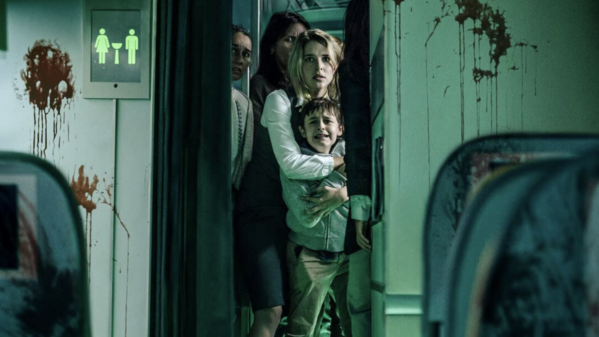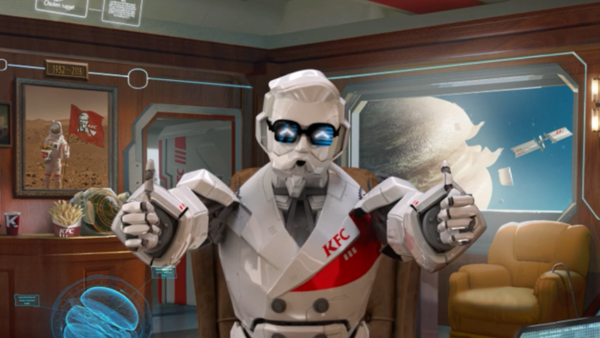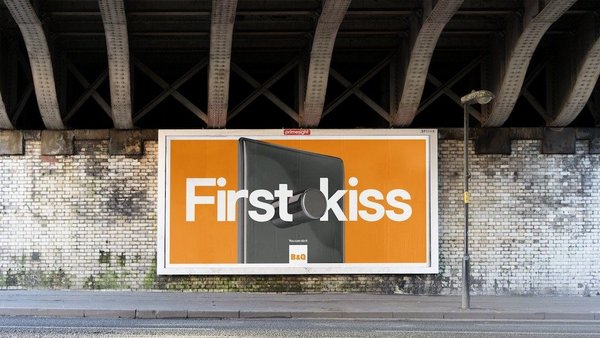Insight & strategy
Why retailer Almacenes Éxito put prizes on the heads of Colombia’s top Call of Duty players /
South American retailer Almacenes Éxito increased its relevance among a younger audience by running a promotion on an ad-free game, increasing sales by 7% and inspiring a 78% coupon redemption rate
Contagious I/O
/[This article was first published on Contagious I/O, our online intelligence tool. To find out more click here]
Last month, Contagious reported on how Colombian department store Almacenes Éxito promoted its electronic goods to gamers by putting prizes on the heads of some of the country’s top Call of Duty: Mobile players.
Working around advertising restrictions on Call of Duty, Almacenes Éxito worked with Bogotá agency Sancho BBDO to enlist three gaming influencers to promote its brand. The retailer replaced these influencers’ usernames and profile pictures with descriptions of discounted products (eg 60% off a TV). Anyone who was able to kill one of the influencers in the game, received promotional codes that could be used in store or online through the game’s chat function.
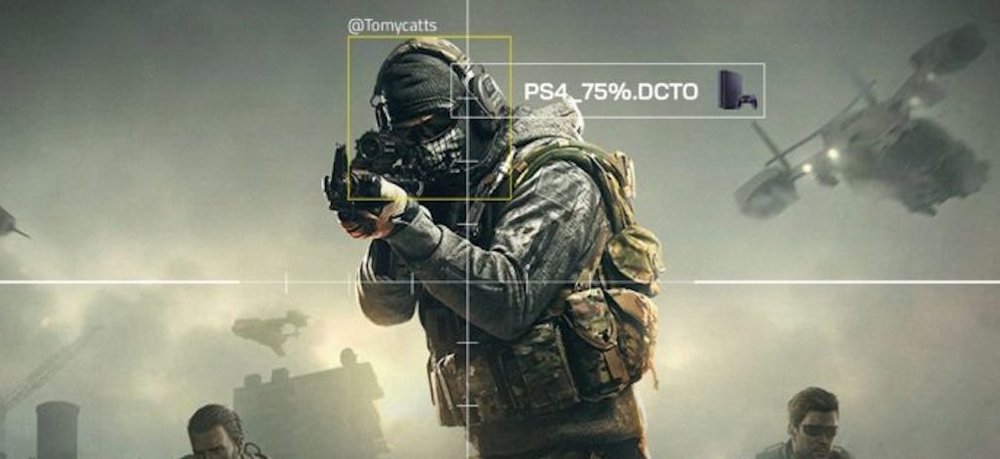
According to the agency, 540 coupons were given away during the five-day Most Valuable Promo campaign (78% of which were redeemed) and the campaign reached 535,978 gamers. Sales at Almacenes Éxito also increased by 7% while the campaign was running.
We caught up with Mario Lagos, the creative vice president at the agency, and Juan Camilo Laverde, head of planning and creative content at Sancho BBDO, as well as art director Camila Cabra and senior copywriter Carlos Andrade to find out why the retailer was targeting gamers and how the brand was able to authentically interact with the gaming community.
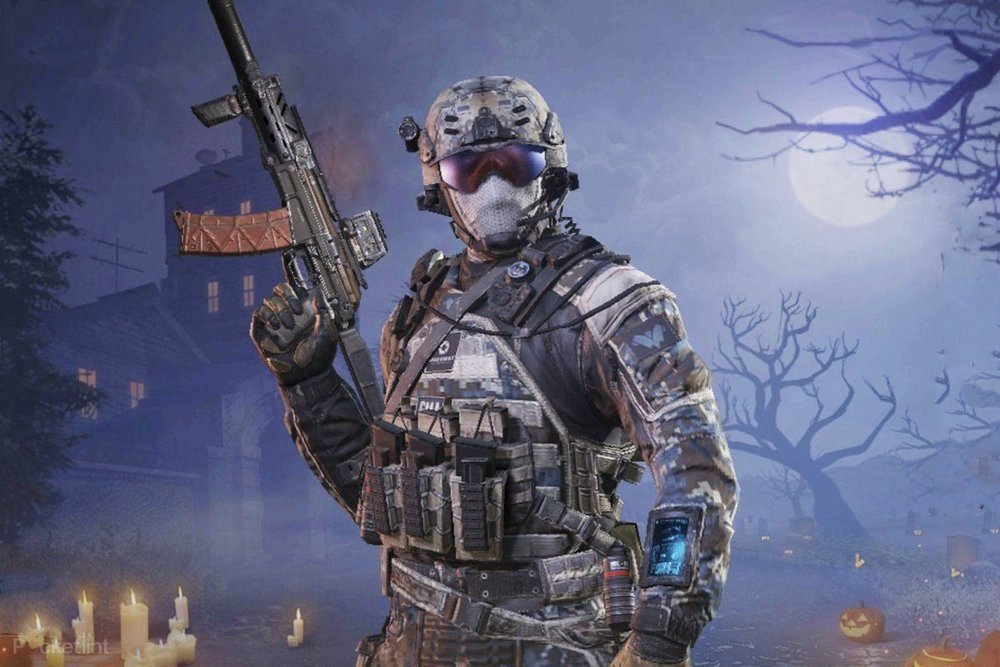
What can you tell us about the brand?
Juan Camilo Laverde: Almacenes Éxito is the largest department store in Colombia. It started out 71 years ago in a city called Medellin as a brand that sold clothes, but it quickly expanded to selling groceries and other FMCG products. Over the years, it grew its presence in Colombia by acquiring some of the largest supermarkets in the region.
Although Almacenes Éxito has a wide portfolio of products (and lots of options for gamers), it’s still recognised as a food and beverage department store. So, the brand has been focusing on building its reputation as the go to retailer for everything a consumer might need. As a result, it’s been trying to strengthen its appeal across a number of categories that aren’t necessarily associated with the brand like technology, home improvement, beauty products and office equipment.
Who is the brand’s target audience?
Camilo Laverde: As a department store, Almacenes Éxito targets a wide range of consumers. To help the brand segment this audience and target individuals more specifically, we created eight of what we call ‘family structures’, which gives us a deeper understanding of the different layers of its audience. One of the challenges is that it’s a 70-year-old brand and has a much better connection with adults, especially parents and grandparents. As a result, there is a bit of a barrier with younger audiences who see Almacenes Éxito as their parents’ brand, not one that interests them.
What were the brand’s key challenges before the Covid-19 pandemic?
Camilo Laverde: The challenge the brand presented to us was that it needed to refresh its positioning in order to connect with new audiences, especially young people.
Retail is a category in which lots of brands simply shout out their message to reach as many people as possible, but when we talk about gamers, the rules change; the most important thing is the experience they have
Juan Camilo Laverde, Sancho BBDO
Who are the brand’s key competitors? Has this competitive set changed over the past few years?
Camilo Laverde: Almacenes Éxito has five major competitors: Alkosoto is the main competitor in FMCG and a tech leader in Colombia, Falabella is one of the most powerful retail brands in Latin America and has a strong connection with young audiences. Then there’s Mercado Libre, which is an ecommerce leader in Latin America and has experienced fast growth in Colombia during the past five years, particularly for fashion and technology. Amazon and Ali Express are also entering the Colombian market and are mostly used by young people.
Did you receive a brief for this campaign? What were the key business objectives?
Mario Lagos: We didn’t get a brief from the client. We basically created the brief ourselves. Technology and gaming are categories that have been growing really quickly, which created an opportunity for us to run a campaign that pushed Almacenes Éxito’s technology offerings. The main business objective was raising awareness of the brand’s products amongst a young audience.
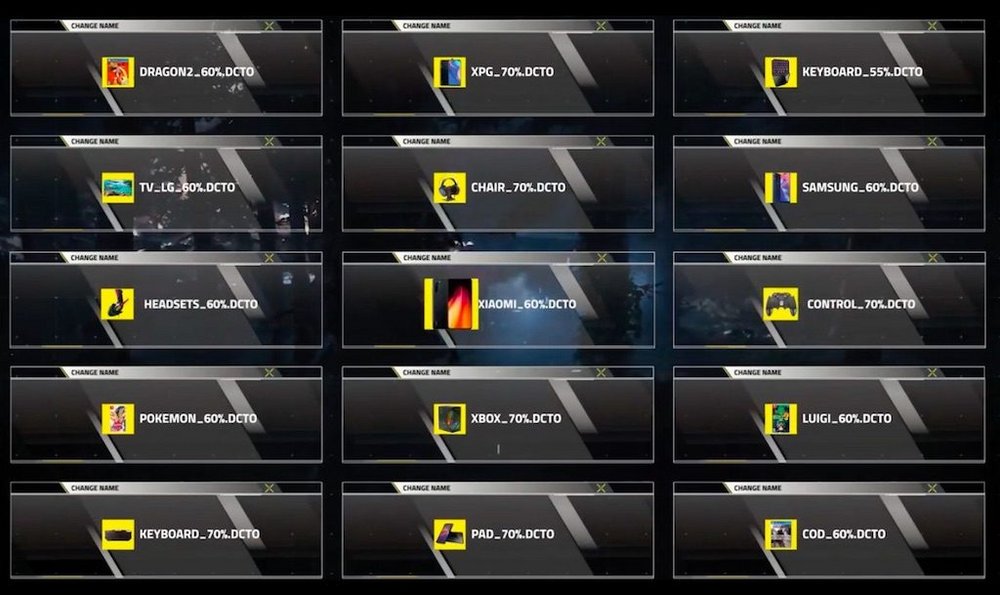
How did you ensure that the campaign would resonate with gamers?
Camilo Laverde: Retail is a category in which lots of brands simply shout out their message to reach as many people as possible, but when we talk about gamers, the rules change. The most important thing is the experience they have, using their videogames as a kind of virtual reality. That's why we didn’t go down the route of ‘broadcast advertising’. Instead, we wanted to go into their world.
How did you come up with the idea?
Lagos: We brainstormed with two members of our team that are part of the gaming community and they told us that the only thing Call of Duty allowed people to do was change their names. So, we decided to experiment and see if we could change their names to Almacenes Éxito’s products and it worked.
What was the insight behind the idea?
Camilo Laverde: There is no better place to engage with a gamer than in a game. We understood the incentives that these people have that makes them enjoy gaming: facing new challenges, competing against other gamers and pushing themselves to reach more difficult levels. To really engage with them, we created a strategy that doesn’t push gamers out of their world but allows us to become part of it. We knew we had to convert everything that we wanted to promote to gamers [Almacenes Éxito’s products and discounts] into part of the experience.
Another insight we had was realising that receiving a discount is something that customers usually take for granted. By gamifying the discounts, we were able to turn them into a challenge and consequently get a better conversion rate because users felt that they had to fight to win them and they wanted to claim their prize.
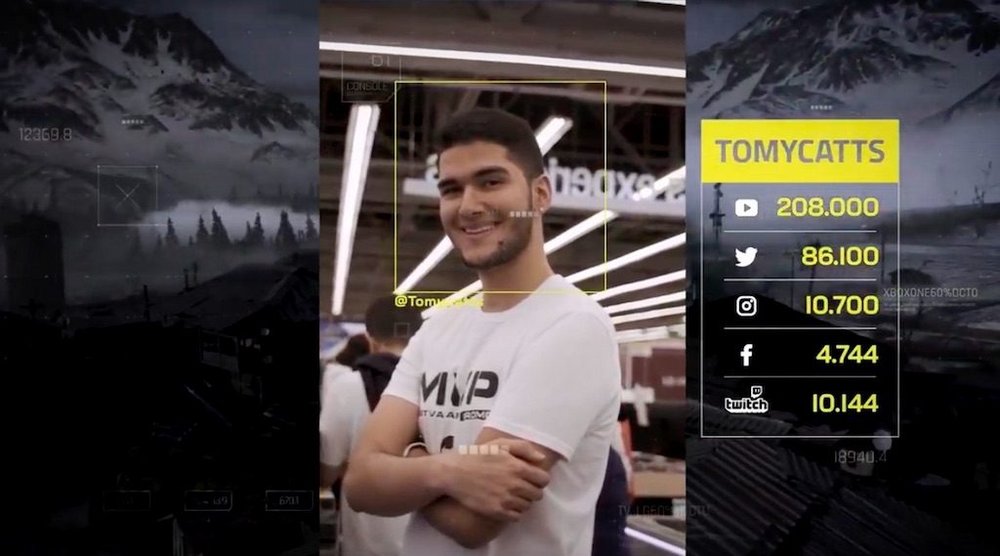
Why did you decide to run the promotion on Call of Duty: Mobile, which doesn’t allow ads while other popular games do?
Camila Cabra: Call of Duty is the most downloaded game for mobile phones and we wanted to be part of that. Although there are lots of different games with similar dynamics to Call of Duty, we saw a great opportunity with this game because it was the first one to launch a free mobile version. As a result, we were able to reach more people who might not have a console or PC to play. They only needed their smartphone and internet, so people could play anywhere whenever they wanted (at home, at work, while commuting).
Carlos Andrade: This versatility is what made us realise it was the right channel for the activity. Also, as we weren’t restricted by any time frames, we were able to organise longer matches against the influencers with a constant flow of new gamers.
How did you ensure that Almacenes Éxito remained top of mind and visible during the promotion rather than being overshadowed by the influencers’ popularity?
Camilo Laverde: People believe in those they are close to or admire more than brands. That’s why, to be relevant, we created an activity in which our brand wasn’t the host; it was the partnership that we had with the influencers that made the brand’s campaign successful. Following the campaign, we launched an in-store event where the fans could meet these influencers to generate more in-store traffic too.
This campaign launched on 12 March, just before Colombia went into lockdown because of the pandemic. Was Covid-19 a consideration when you were planning the campaign?
Lagos: Unfortunately, no. Lockdown has had an extreme effect on the amount of time that people are playing games and I’m sure we would have had even better results than the ones we got if we had run it during lockdown.
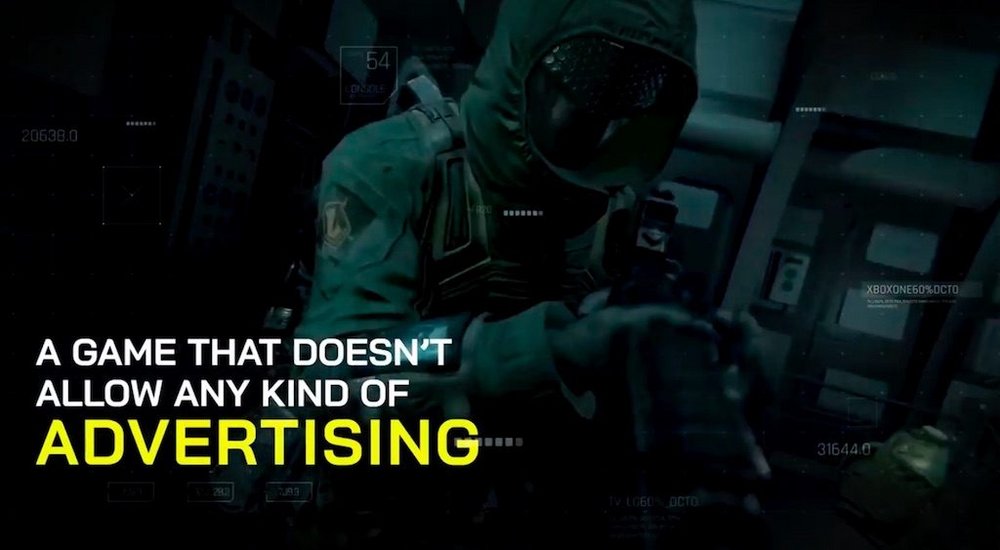
What can you tell us about the media plan and how you managed to get gamers’ attention?
Lagos: Actually, we didn’t have a media plan. Our objective wasn’t to create noise since gamers hate advertising, they just want to play. That being said, by being careful to make sure that it didn’t look like a brand activation and just letting them do their thing and have fun, we were able to become relevant.
What has been your single greatest learning from this campaign?
Lagos: Our greatest learning was understanding this audience and how to be relevant to them in their world. As advertisers, we have to become part of people’s lives rather than interrupt them, annoy them and waste their time. If we’re able to do that, then people are going to be searching for brands, rather than us chasing customers.
This was first published on Contagious I/O, our online intelligence tool. To find out more click here.
Want more of the same? /
We don’t just write about best-in-class campaigns, interviews and trends. Our Members also receive access to briefings, online training, webinars, live events and much more.


